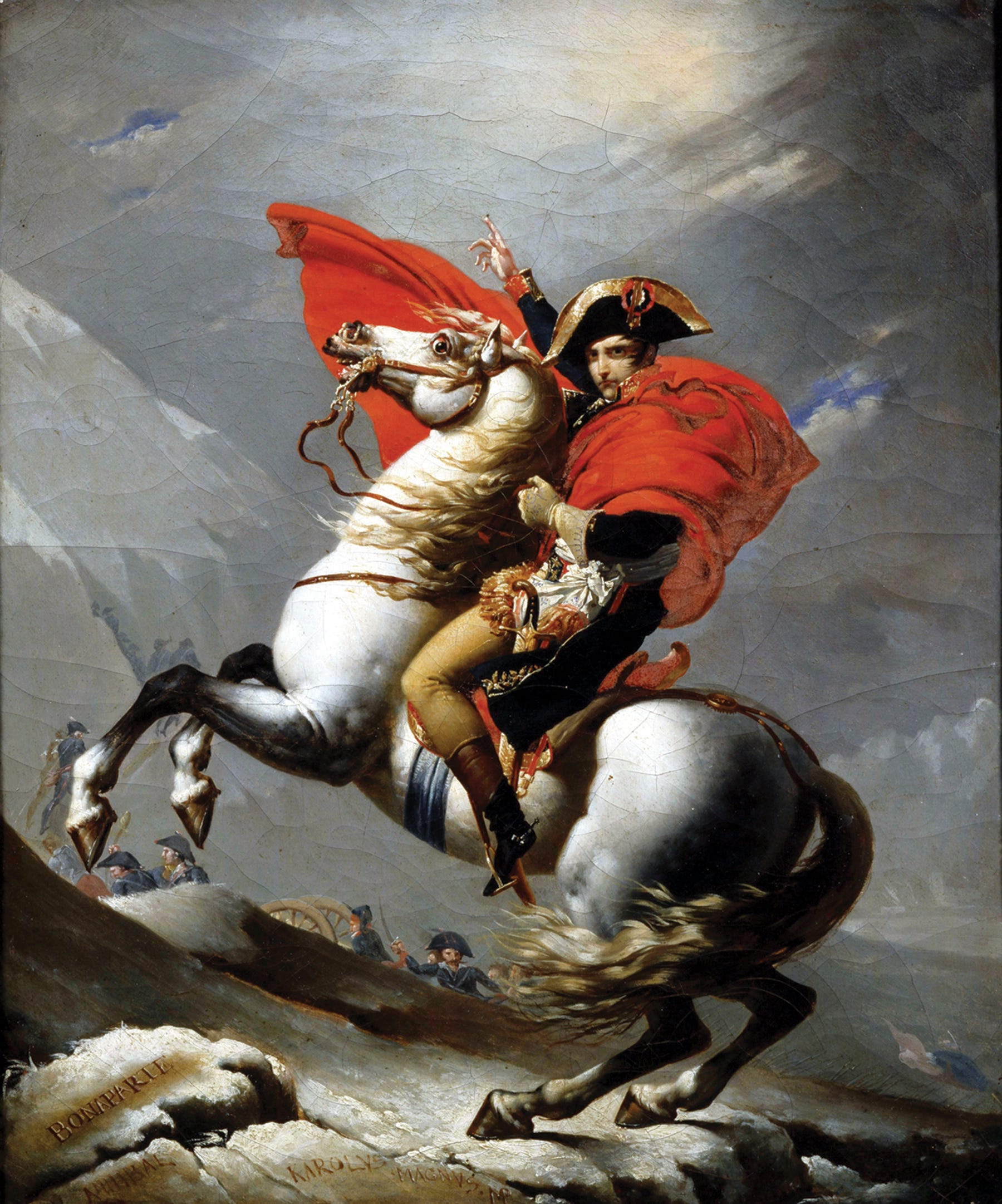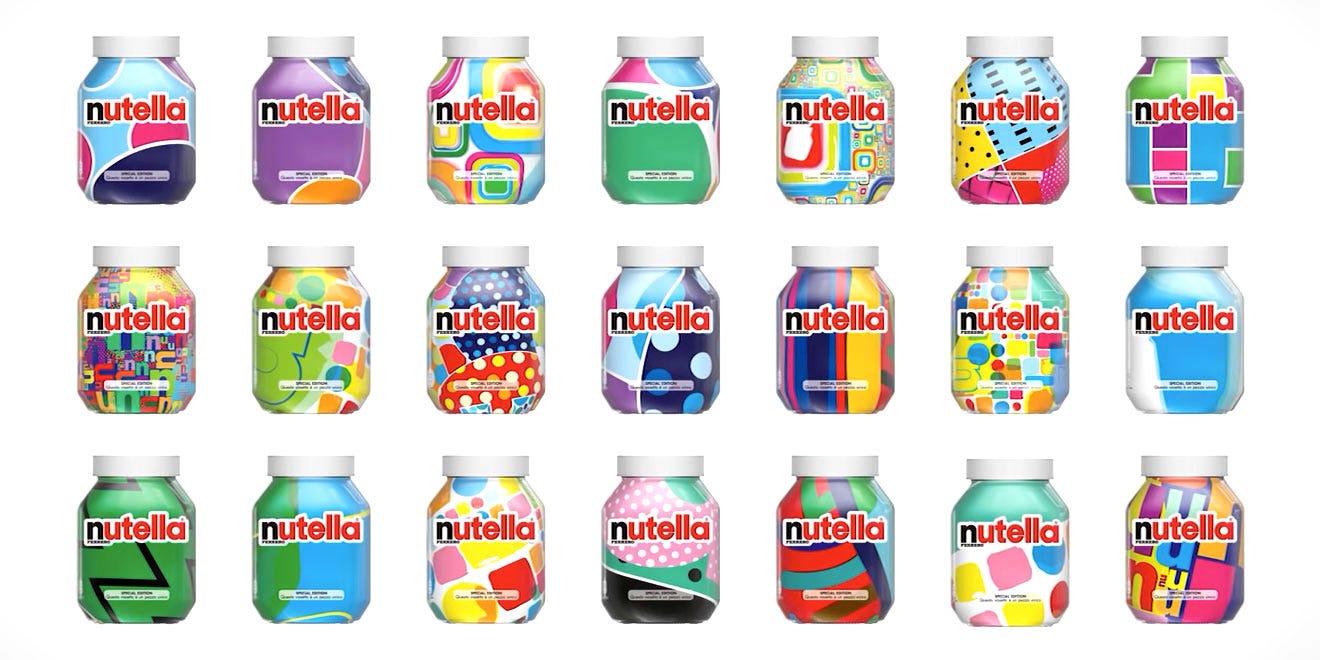I propose to you, however, that nature’s insatiable thirst for balance has ultimately led us to create a potential rival to our dominance as a species on this planet…Artificial Intelligence. The pertinent question then becomes, what aspects of our infamous ingenuity will AI augment, and perhaps ultimately surpass? What is AI & Machine Learning? Essentially what some really smart people out there are trying to achieve, is a computer system that emulates human intelligence. This is the ability to make decisions that maximize the chance of the system achieving its goals. Even more important is the ability of the system to learn and evolve. To achieve this, every system needs a starting point – massive amounts of data. For example, in order to train a computer system to tell the difference between a cat and a dog, you would have to feed it with thousands of images of cats and dogs. Read: [AI will never replace good old human creativity] What is creativity? I’ve heard many people say a computer system could never be creative, and that to create art, music, or an ad campaign, one needs to feel, have a soul, and a lifetime of experiences to draw from. Having spent over a decade in the advertising industry, I can confidently say that the best creatives I have seen, were usually the ones with the most exposure. The more you have seen, traveled or experienced, the more creative you tend to be. Creativity is about challenging the norm, thinking differently, being the square pegs in the round holes, and evoking specific emotions in your audience. So how difficult can that be for AI to achieve? It certainly seems that in today’s world, creativity is actually very arbitrary. Why? Because both this… and this… are considered valuable works of art. The current state of AI vs Creatives Publicis Groupe is attempting to create a platform that connects creatives in their global network by providing them with a powerful AI-driven data engine. Various design tools are already leveraging the power of AI to achieve some astonishing results. AI is also being used to automate various mundane tasks like creating design variations. This then allows designers to focus on the creative, problem solving aspects of the design process. Nutella famously created 7 million one-of-a-kind variations of their labels using AI. Research It stands to reason that a machine learning algorithm could perform research and data gathering functions much faster and thus more cost effectively than a human could. SCORE: Robot (1) — Human (0) Empathize Empathy is the art of putting yourself in another’s shoes. Unlike research and data which looks at the facts, empathy attempts to get to the core of why people make these decisions. Data can know what you did last month, but it can never truly know why. The ‘why’ is what makes us who we are, and it’s in understanding these factors that a product designer can begin to make deeper, informed decisions. Can AI do this? Not at the moment, as the status quo is “it takes one to know one.” SCORE: Robot (1) — Human (1) Defining the problem SCORE: Robot (2)— Human (1) Ideate User Experience designers can attest that there is rarely a problem faced in the product design world that has not already been solved elsewhere. One simply has to surface the solution through research and study. Mark Twain put it this way… So, what do you do if you have a problem, and need to see if there has ever been a solution to it? What do you do if you have a problem and want to find every possible solution for it in a reasonable amount of time? Can a human perform this function better than a computer system can? Can a human ideate and come up with solutions that billions of humans before have not already thought of? I don’t think so. AI wins again. SCORE: Robot (3)— Human (1) Automate & Test As design tools like Sketch and Figma become more advanced, machine learning will make it possible to automate the design of digital products. We already find that there are established UX patterns that have been documented. Is it a stretch to imagine that in the near future, product design can be automated based on these sound principles? It is not only logical, but ultimately inevitable. SCORE: Robot (5)— Human (1) The conclusion? So, there it is. Five out of the six steps in product design can be done using machine learning computer systems. Some of these concepts are achievable even with today’s advancements in the technology. We are concerned that intelligent computers will take over the world, when in fact computers are not that smart and have already taken over the world. So, should we be scared? No, I don’t think fear is the appropriate response. Rather, we must be prepared. Accept the inevitable and prepare for it. Pivot your career to a place where AI will not replace but rather compliment your human function.




